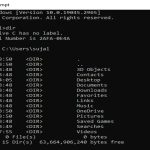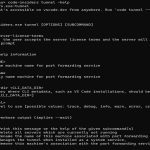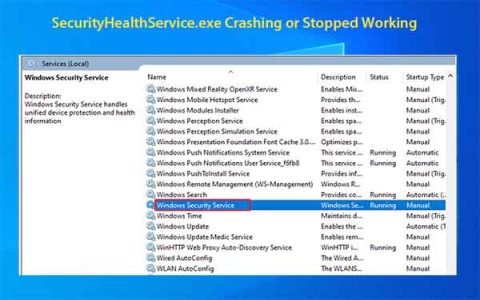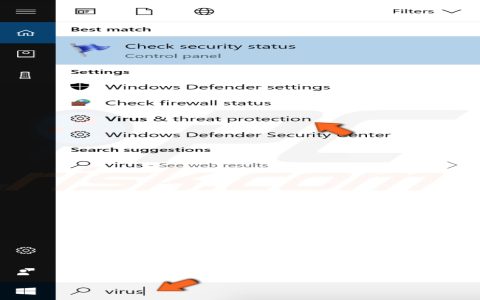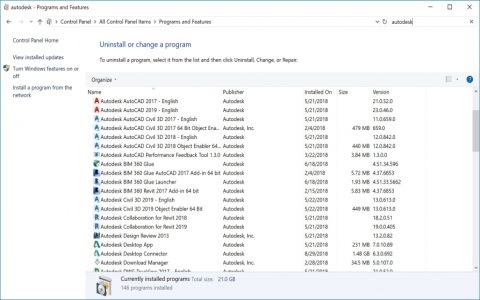Understanding NAS CPU Requirements
Choosing the right CPU for your NAS ensures efficient performance in storage, data management, and application support. Focus on workload-specific demands to avoid bottlenecks.
Key Selection Criteria
Evaluate these core factors:
- Core count and threads: Aim for at least 2-4 cores for basic NAS duties; 6+ cores for transcoding, virtualization, or multi-user environments.
- TDP (Thermal Design Power): Lower TDP (under 35W) suits energy-efficient home setups; higher TDP (45W+) fits high-performance servers but requires robust cooling.
- Hardware acceleration: Prioritize CPUs with integrated graphics (e.g., Intel Quick Sync or AMD Radeon) for seamless media transcoding.
- ECC memory support: Essential for data integrity in enterprise NAS; verify motherboard compatibility.
- Socket and compatibility: Match CPU socket (e.g., Intel LGA 1200 or AMD AM4) with your NAS motherboard to avoid upgrade issues.
- Benchmark performance: Check tools like PassMark scores for real-world throughput in file transfers and concurrent tasks.
Processor Recommendations
Target your use case:
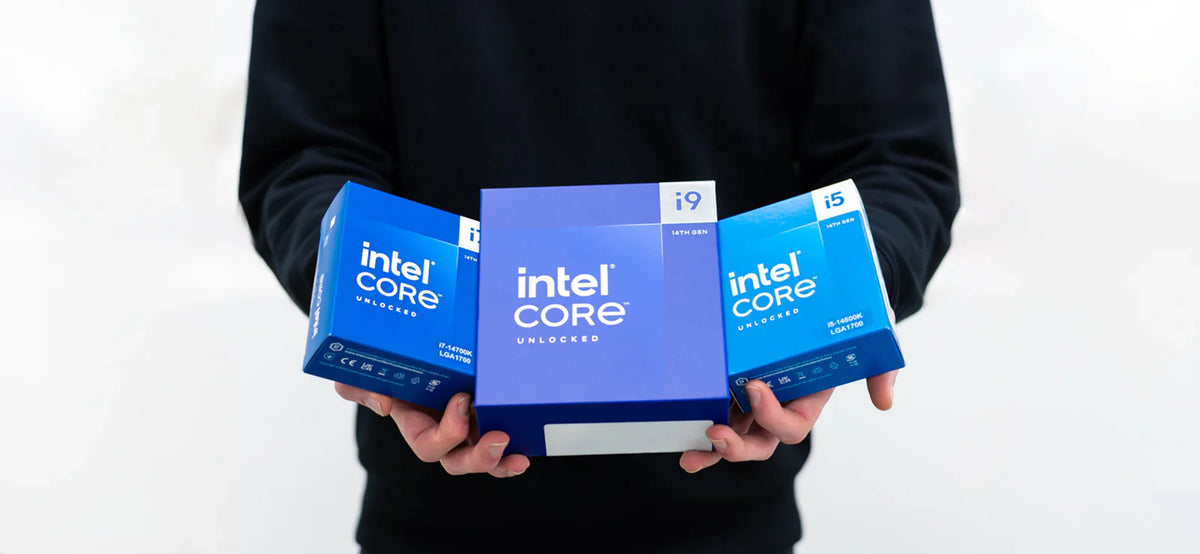
- Basic file storage (e.g., home backup): Opt for entry-level chips like Intel Celeron or AMD Athlon series; low power consumption and cost-effective.
- Media server (e.g., Plex/Emby): Choose mid-tier processors with Quick Sync support like Intel Core i3/i5 or AMD Ryzen 3/5; handle 4K transcoding smoothly.
- Small business virtualization: Select Intel Xeon E or AMD Ryzen 7/9; higher core counts manage VMs and backups efficiently.
- Enterprise NAS: Use Intel Xeon Scalable or AMD EPYC CPUs; scalable core options and ECC support for mission-critical reliability.
Final Considerations
Ensure cost-to-performance balance: Avoid overspending on high-end CPUs for simple setups. Factor in future growth: scalable options like AMD Ryzen provide easy upgrades. Always verify thermal and power constraints with your NAS enclosure design.


